ASEAN stands united to reinforce economic ties
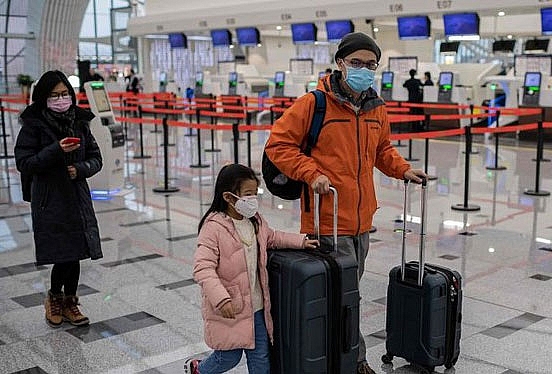 |
| COVID-19 makes ASEAN tourism seriously reduced |
With 18.3 per cent of the world’s population and 15.8 per cent of global GDP, over the last decade China has been the ASEAN’s largest external trading partner. In 2018, the total trade value between the two sides reached $483.1 billion, accounting for 17.2 per cent of the ASEAN’s total trade. In the first half of last year, the figure sat at $292 billion.
According to the ASEAN Integration Report 2019 released by the ASEAN Secretariat, the bloc’s exports to China grew at an average annual rate of 7.4 per cent from 2010 to 2018 as compared to 11.1 per cent for the ASEAN’s import from China during the same period. The bloc’s trade deficit with China increased from $10.4 billion in 2010 to $85.8 billion in 2018.
Meanwhile, based on preliminary statistics, Chinese investment flowing to the ASEAN reached $10.2 billion in 2018, accounting for 6.6 per cent of total foreign direct investment (FDI) flows to the region. China’s share in the ASEAN’s total FDI inflows has grown recently, from seventh in 2010 to third in 2018, after the European Union and Japan.
However over the last two months, the quick spread of the coronavirus with increasing number of infected cases and deaths has forced many countries around the world to limit economic activities with China. Depending on China as a source of revenue, ASEAN tourism can be reduced 4 per cent, of which Singapore, Thailand and Vietnam are the most affected countries.
Last week, Singaporean tourism leaders revealed that the number of international tourist arrivals to the city-state since early this year had reduced 25-30 per cent compared to the same period last year. In 2019, Singapore tourism welcomed a record number of international tourist arrivals of 19.1 million, in which Chinese tourists account for 10 per cent. Meanwhile its revenue reached $19.5 billion thanks to the increasing growth of expenses from big markets, including China.
However, “Since the appearance of coronavirus (COVID-19), Singapore has been losing 18,000-20,000 visitors per day on average, most of which are from China,” Keith Tan, CEO of Singapore Tourism Board told Nikkei Asian Review.
Keith also said that the tourism industry could even face secondary impacts from the disease. “If Chinese workplaces are closed or limit operations for a long time, it will greatly impact GDP, hence reducing the travelling demand of Chinese people,” he said.
Thailand’s and Vietnam’s tourism industry have seen a reduction of international tourists by 60-70 per cent.
In 2019, Vietnam received about 1.45 million Chinese tourist arrivals per quarter on average. In January, the number was 644,000 but has slumped to near zero since then, due to immigration restrictions.
“In the first three months, damage to tourism caused by COVID-19 may be about $6-7 billion,” Ngo Hoai Chung, vice chairman of the Vietnam National Tourism Administration said at a conference in Hanoi last week. According to Chung, on average, one Chinese tourist spends about $745 while tourists from other market spend about $1,150 per person.
Meanwhile, data from the Vietnam Customs Department showed that in January, Vietnam’s total value of export to China was only $2.75 billion, reduced by about 35 per cent compared to December. The import value from China also reduced over 20 per cent.
At the government’s recent meeting, based on the most optimistic scenario that the disease is controlled in March, the Ministry of Planning and Investment forecasted that Vietnam’s first-quarter exports to China could fall by 25 per cent on-year, with the country’s export turnover to China reached $5.6 billion.
Singapore has announced a financial package with a range of solutions to support the tourism sector and promote investment in large-scale infrastructure projects. Elsewhere, Thailand has been reducing interest rates, relieving trading conditions, enacted free duty for enterprises, and expired the time for paying individual tax from three to six months.
In Vietnam, different ministries and sectors have co-operated to implement synchronised solutions to ease the disease’s impacts. These include studying financial policies supporting small- and medium-sized enterprises, co-operatives, and farmers affected by the disease; implementing detailed methods to ensure customer clearance; and promoting application of technologies to develop e-commerce.
As the chair of the ASEAN in 2020, Vietnam chose the theme of responding to COVID-19 along with other important issues for the agenda of the region’s meetings last week, which included the ASEAN Defence Ministers Meeting (ADMM), and Special Meeting of the ASEAN Coordinating Council (ACC).
At the ADMM in Hanoi, Minister of Defence Ngo Xuan Lich said that COVID -19 had brought the region some challenges, including in security. To express Vietnam’s responsibility in response to the disease, Vietnam’s representative offered initiatives and called for support from other ASEAN members.
“The ASEAN is studying and practicing ways to react to the disease, and enhance the ability of military medical teams to respond to outbreaks,” Lich said.
ASEAN ministers agreed to pass the statement on defence co-operation responding to diseases.
“We highly appreciate Vietnam’s proactiveness and co-ordination at this meeting. The statement is a basic model showing that the ASEAN can co-operate to ensure health for its people and it is also a foundation for the region to continue cohesion and response to future challenges, particularly in the medical sector,” said the ASEAN’s General Secretary Lim Jock Hoi.
Meanwhile, at the special meeting of the ACC, ministers of Foreign Affairs of the 10 ASEAN member states shared information and discussed a common response to COVID-19. Addressing the event, Vietnamese Deputy Prime Minister Pham Binh Minh believed that with strong determination and timely action by the governments and people in the region, the threat will soon end and investment and business activities will soon return to normality.
What the stars mean:
★ Poor ★ ★ Promising ★★★ Good ★★★★ Very good ★★★★★ Exceptional
 Tag:
Tag:
Themes: COVID-19
- 67 million children missed out on vaccines because of Covid: UNICEF
- Vietnam records 305 COVID-19 cases on October 30
- 671 new COVID-19 cases recorded on October 1
- Vietnam logs additional 2,287 COVID-19 cases on Sept. 21
- People’s support decisive to vaccination coverage expansion: official
Related Contents
Latest News
More News
- Green policies and practices: catalyst or challenge (November 25, 2024 | 09:00)
- Vietnam National Assembly adopts amended Law on Pharmacy (November 22, 2024 | 19:09)
- Rice exports set to break records (November 21, 2024 | 17:53)
- German Quickpack to invest $31.7 million in Long An province (November 20, 2024 | 09:31)
- Reporting still to fully reach global norms (November 18, 2024 | 17:06)
- Trump’s second term impacts sci-tech activities and industry 4.0 technologies (November 18, 2024 | 10:00)
- VLCA 2024 honours corporate governance excellence as listed companies raise the bar (November 18, 2024 | 09:00)
- Trump's trade policies could shape Vietnam's economic outlook: Dragon Capital (November 15, 2024 | 16:56)
- Prioritising corporate governance for Vietnam’s sustainable growth (November 14, 2024 | 16:50)
- Vietnam eyes nuclear revival to bolster energy security (November 14, 2024 | 16:46)









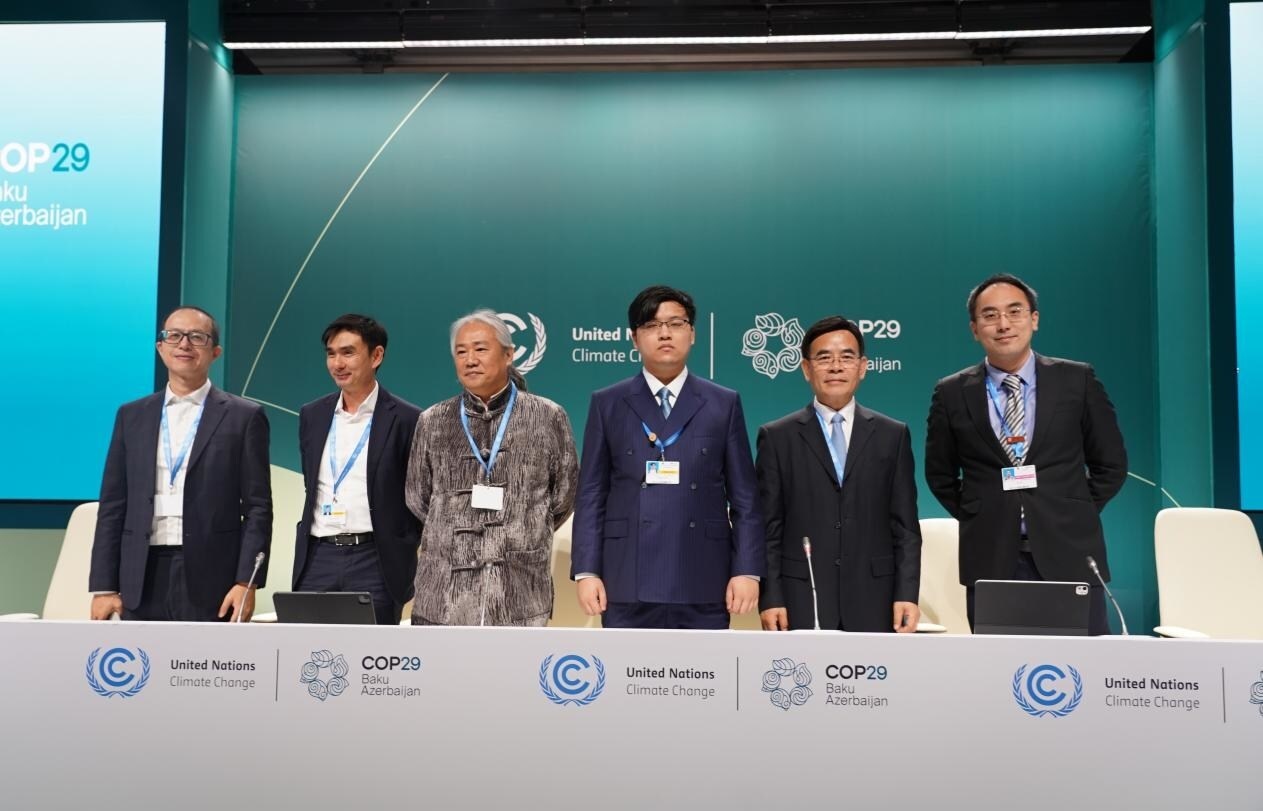
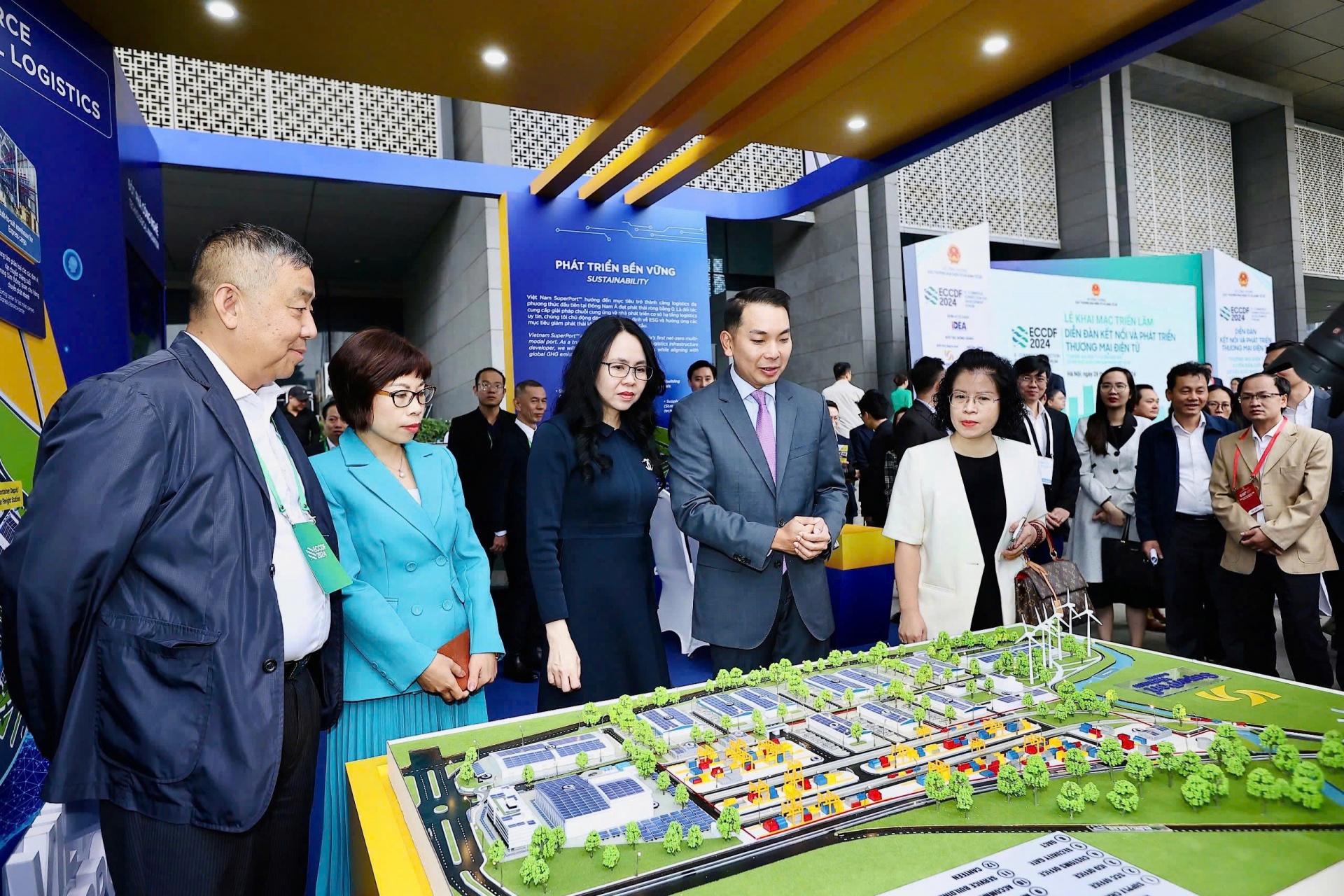


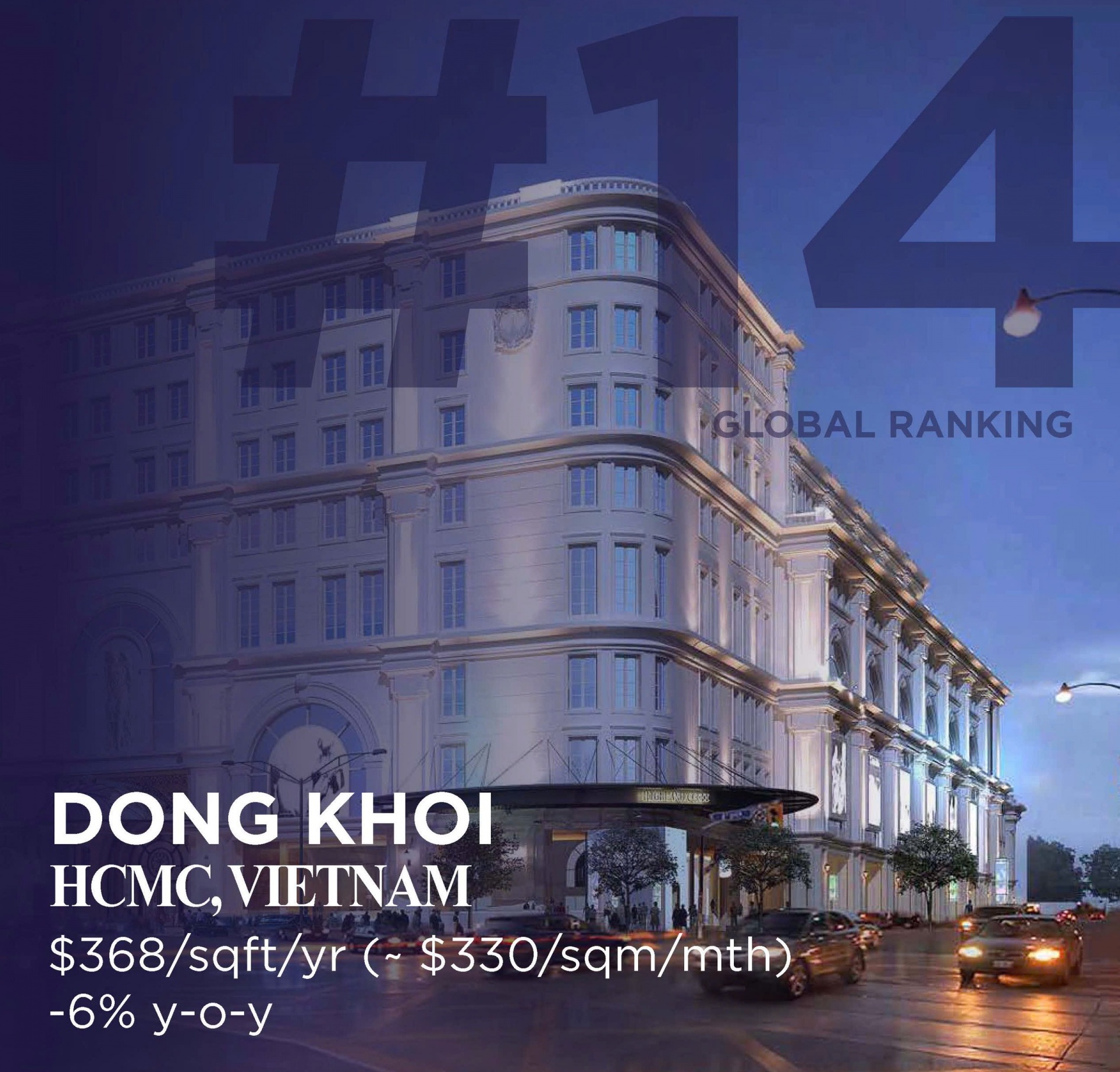
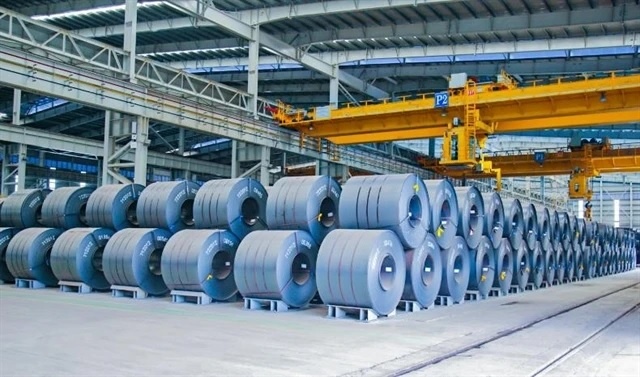
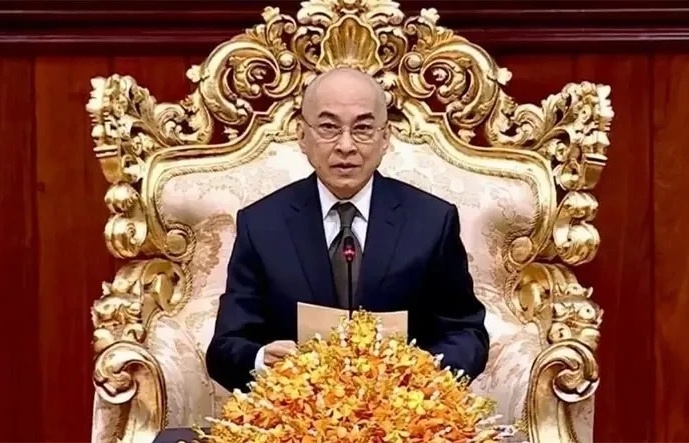





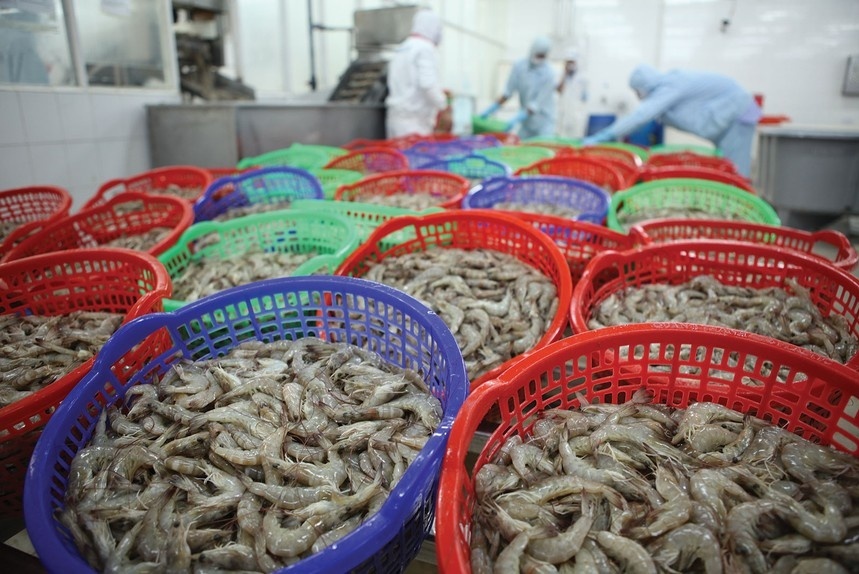



 Mobile Version
Mobile Version